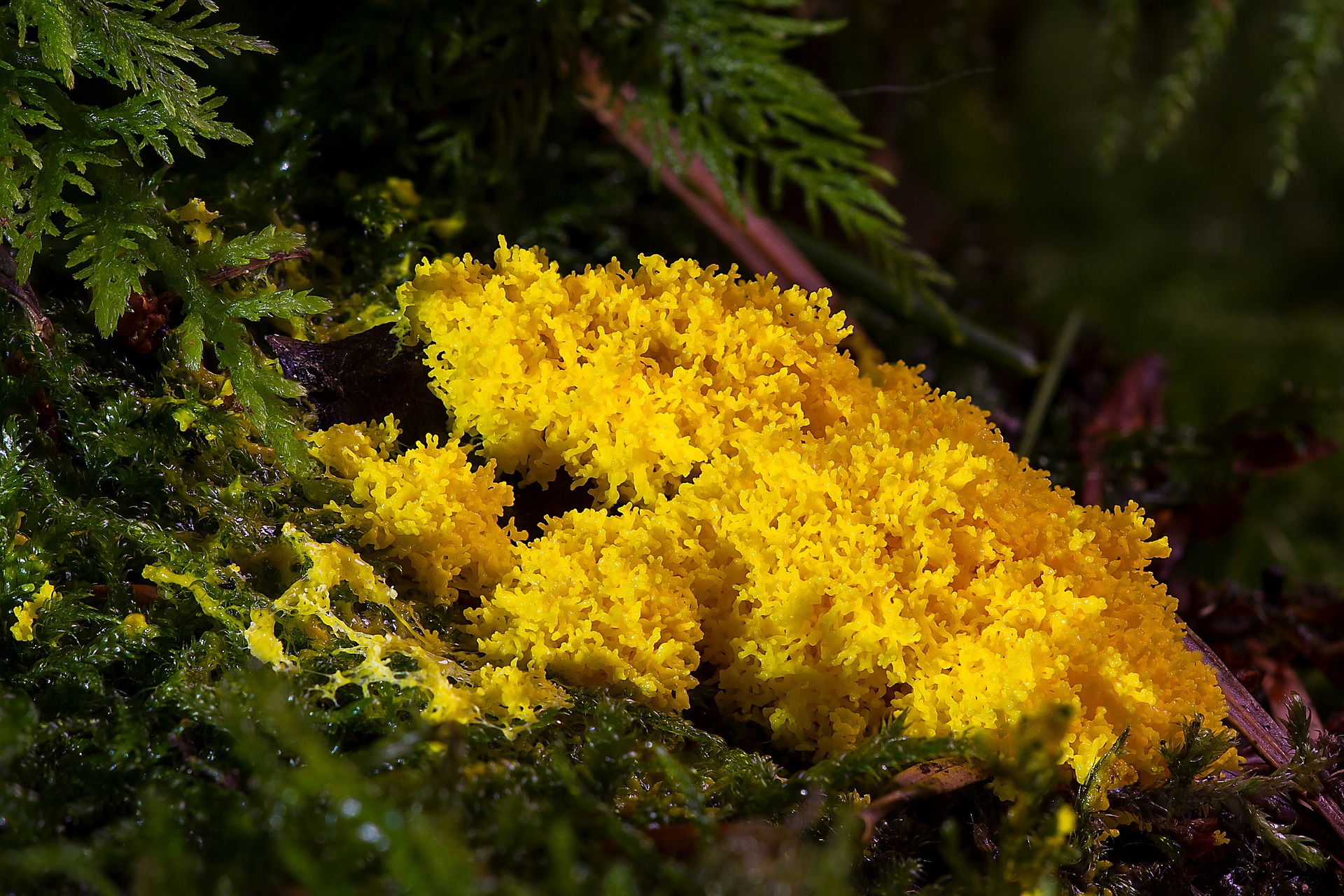Is it a design discipline, a branch of science, a problem-solving method, a sustainability ethos, a movement, a stance toward nature, a new way of viewing and valuing biodiversity? Yes! Biomimicry captures our imagination because of its promise, because it is at once pragmatic and culturally transformative. At its most practical, biomimicry is a way of seeking sustainable solutions by borrowing life’s blueprints, chemical recipes, and ecosystem strategies. At its most transformative, it brings us into a balanced relationship with the rest of the natural world, as students learning to be a welcome species on this planet.
For designers, architects, engineers, and innovators of all stripes, the answer to the question “What would nature do here?” is a revelation. There’s not one new idea, but millions of ideas evolved in context, tested over eons, and proven to be safe for this generation and the next.
-excerpts from A Biomimicry Primer by Janine M. Benyus, Biomimicry 3.8
WHAT BETTER MODELS COULD THERE BE
Can you guess what these organisms inspired?
(hover over for answer)
Biomimicry design, explained by Vox + 99% Invisible.
Check them out here: https://99percentinvisible.org/article/biomimicry-designers-learning-natural-world/







